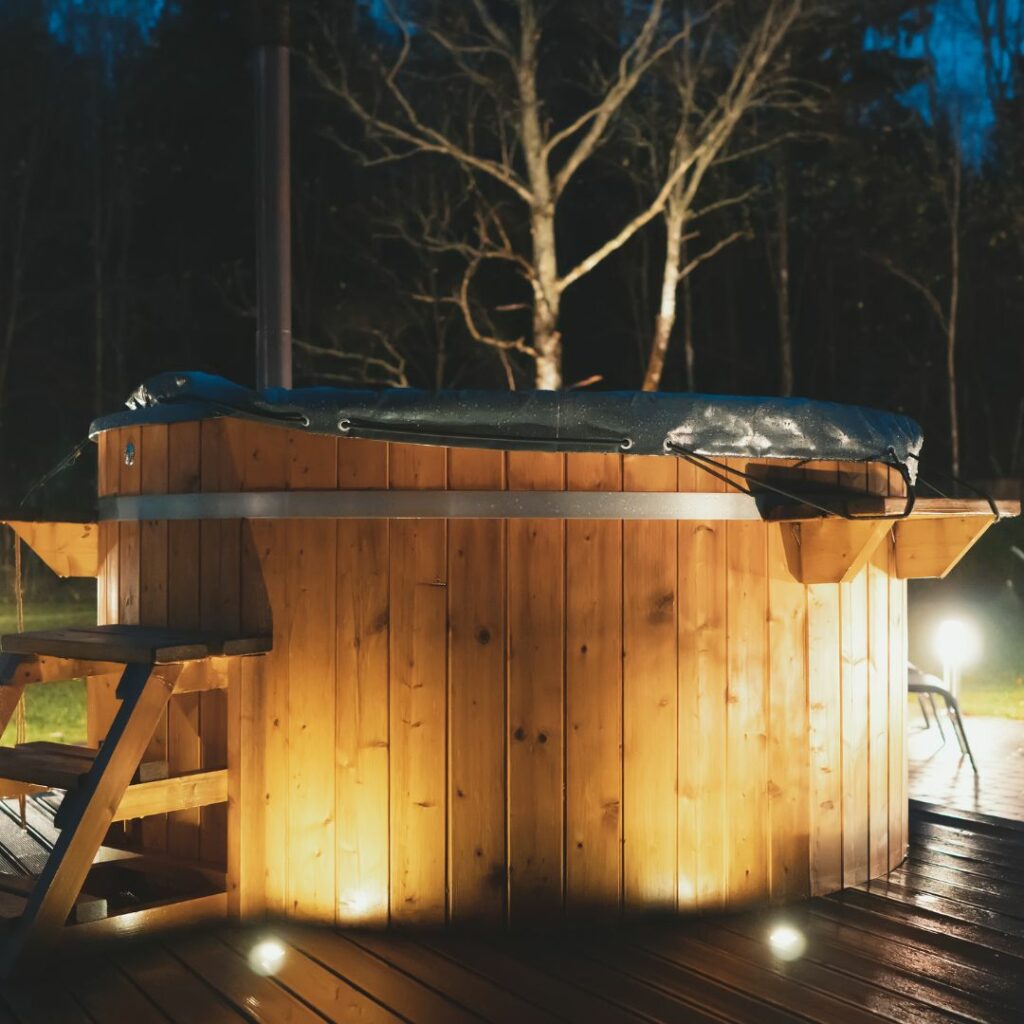Nothing disrupts relaxation quite like a hot tub that won’t heat properly. Whether you use your hot tub for therapeutic purposes or a leisurely soak, addressing heating issues quickly is essential. Understanding the potential causes behind this problem can help you troubleshoot effectively and restore your spa’s soothing warmth.
Common Causes of Heating Issues in Hot Tubs
Heating problems often stem from a variety of factors, many of which are relatively simple to address. One of the most frequent culprits is an issue with the thermostat. If the thermostat is not set correctly or has malfunctioned, it may prevent the heater from activating. Checking and resetting the thermostat to your desired temperature is a good first step.
Another potential cause is a dirty or clogged filter. Over time, filters accumulate debris and dirt, which can restrict water flow and impact the hot tub’s heating efficiency. Cleaning or replacing the filter can improve circulation and allow the heater to function properly. Hot Tub Repair professionals often emphasize the importance of clean filters for optimal performance.
Electrical components also play a critical role in maintaining water temperature. A tripped circuit breaker or a blown fuse can cut off power to the heating system. Ensuring that all electrical connections are secure and functioning can help rule out this issue. If these steps don’t resolve the problem, consulting a Hot Tub Repair expert may be necessary to address deeper electrical faults.
The Role of Water Flow in Heating
Adequate water flow is essential for effective heating. Low water levels or airlocks in the system can interfere with the flow required to activate the heater. Checking the water level and ensuring it’s above the minimum mark can often resolve this issue. If air is trapped in the plumbing, it may need to be released by carefully bleeding the system.
The circulation pump also affects water flow. A malfunctioning pump may result in insufficient movement, which can prevent the heater from operating. Listening for unusual sounds or inspecting the pump for visible damage can help identify whether it’s the source of the problem. Regular Hot Tub Repair services can help maintain the circulation system and prevent pump-related issues.
Additionally, scaling and buildup in the heating element can reduce efficiency or even render the heater inoperative. Regular maintenance, including descaling treatments, can prevent this issue from occurring and extend the lifespan of your equipment. Scheduling periodic Hot Tub Repair checkups ensures that these issues are identified and resolved before they escalate.
Troubleshooting and Preventative Maintenance
Addressing hot tub heating issues often involves a combination of troubleshooting and routine maintenance. Cleaning the filter, checking the thermostat, and inspecting electrical components are all effective first steps. Ensuring the water chemistry is balanced can also play a role, as imbalances can lead to scaling or corrosion that affects the heating element.
Performing regular maintenance not only prevents problems but also improves the overall efficiency and longevity of your hot tub. By keeping all components in good condition and addressing minor issues promptly, you can avoid more extensive repairs and maintain the luxurious experience of your spa. Hot Tub Repair professionals can assist with maintenance tasks to keep your system running smoothly.
If troubleshooting doesn’t resolve the issue, professional assistance may be necessary to identify and fix the underlying problem. Investing time and care in your hot tub will ensure it continues to provide a relaxing escape whenever you need it.
Read more:
Hot Tub Repair for Lukewarm Waters: Diagnose and Fix Heating Issues
The Ultimate Hot Tub Repair Guide: Solving Heating Problems Quickly

